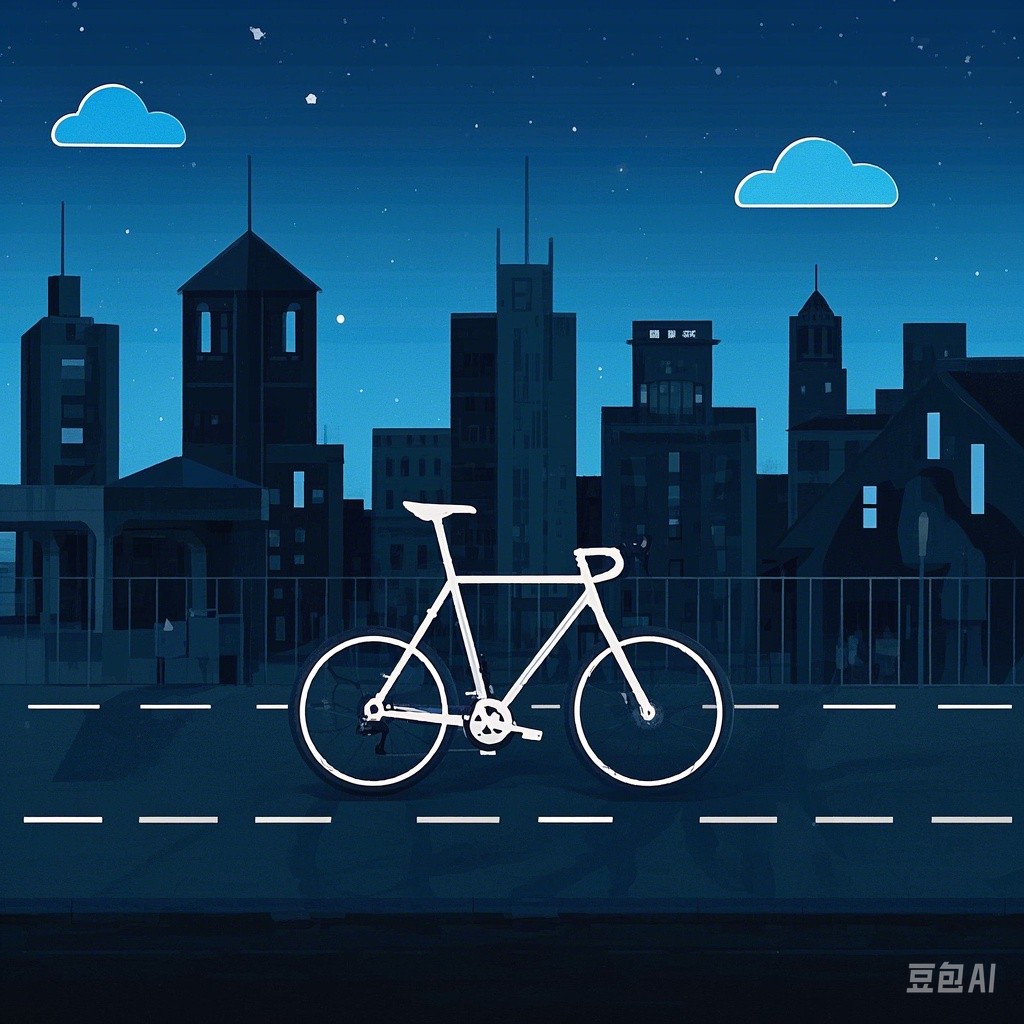Drone riding, also known as drone flying or drone piloting, has become an increasingly popular activity and a rapidly growing industry. Drones, or unmanned aerial vehicles (UAVs), offer a unique way to capture aerial photography, monitor environmental conditions, and perform a variety of tasks. This article will delve into the pros and cons of drone riding, providing a comprehensive insight into this burgeoning field.
Pros of Drone Riding
1. Aerial Photography and Videography
One of the most significant advantages of drone riding is the ability to capture stunning aerial photography and videography. Drones can reach locations that are otherwise inaccessible, providing unique perspectives and creative possibilities for photographers and videographers.
Example:
- Before Drone Technology: Aerial shots were typically achieved by helicopters or planes, which were expensive and not always practical.
- With Drone Technology: Drones allow for high-quality aerial imagery at a fraction of the cost, making it accessible to hobbyists and professionals alike.
2. Monitoring and Inspection
Drones are extensively used for monitoring and inspection tasks, such as checking infrastructure, power lines, and crops. Their ability to reach remote and dangerous areas safely makes them invaluable for these applications.
Example:
- Infrastructure Inspection: Drones can inspect bridges, buildings, and other infrastructure without the need for scaffolding or cranes, reducing costs and risks.
- Crop Monitoring: Farmers can monitor crop health and yields more efficiently, leading to better management and increased productivity.
3. Search and Rescue Operations
Drones play a crucial role in search and rescue operations. They can quickly cover large areas, search for missing persons, and provide real-time imagery to first responders.
Example:
- Wildfire Management: Drones can monitor the spread of wildfires, allowing firefighters to deploy resources more effectively.
- Missing Person Searches: Drones can search for missing individuals in areas that are difficult to access, such as forests or bodies of water.
4. Entertainment and Recreation
Drone riding is a fun and exciting activity for hobbyists. It offers a new way to enjoy outdoor activities and can be a great way to bond with friends and family.
Example:
- Drone Racing: Drone racing has become a popular sport, with leagues and competitions worldwide.
- Aerial Acrobatics: Drones can perform complex maneuvers and acrobatics, providing entertainment for spectators.
Cons of Drone Riding
1. Privacy Concerns
Drones can invade personal privacy by capturing images and videos of individuals without their consent. This raises ethical and legal concerns regarding the use of drones.
Example:
- Surveillance: Drones equipped with cameras can be used for surveillance, potentially leading to privacy violations.
- Security Risks: Drones can be used to capture sensitive information, such as financial data or personal communications.
2. Safety Risks
Flying drones poses safety risks, both for the pilot and others. Collisions with other aircraft, birds, or people can cause serious injuries or property damage.
Example:
- Mid-Air Collisions: Drones can collide with other aircraft, including commercial flights, posing a risk to passenger safety.
- Injuries: If a drone crashes, it can cause injuries to people on the ground, especially children or pets.
3. Noise Pollution
Drones can generate noise pollution, especially in residential areas. This can be a nuisance for nearby residents and can have negative impacts on wildlife.
Example:
- Residential Areas: Drones flying overhead can cause disturbances for people living in apartments or homes.
- Wildlife: Noise pollution can disturb animals, potentially affecting their behavior and reproduction.
4. Legal and Regulatory Challenges
Drones are subject to a complex web of laws and regulations, which can be challenging for both hobbyists and professionals to navigate.
Example:
- Regulatory Compliance: Pilots must adhere to local, national, and international regulations regarding drone operation.
- Liability: Operators may be held liable for damages caused by their drones, including property damage and personal injuries.
Conclusion
Drone riding offers numerous benefits, from creative aerial photography to critical search and rescue operations. However, it also comes with significant drawbacks, including privacy concerns, safety risks, and legal challenges. As the industry continues to grow, it is essential for pilots and regulators to address these issues to ensure that drone riding remains a safe and responsible activity.
